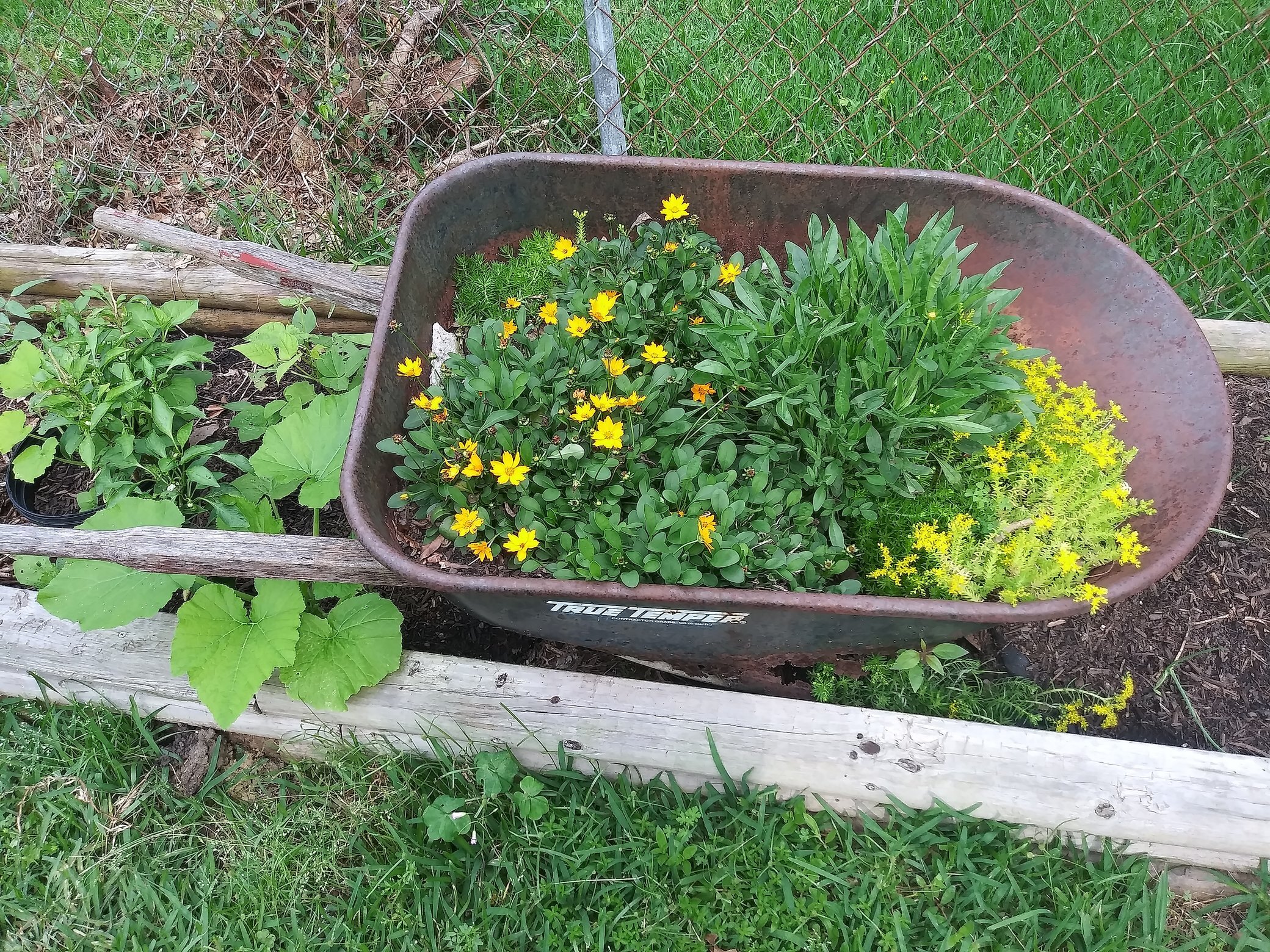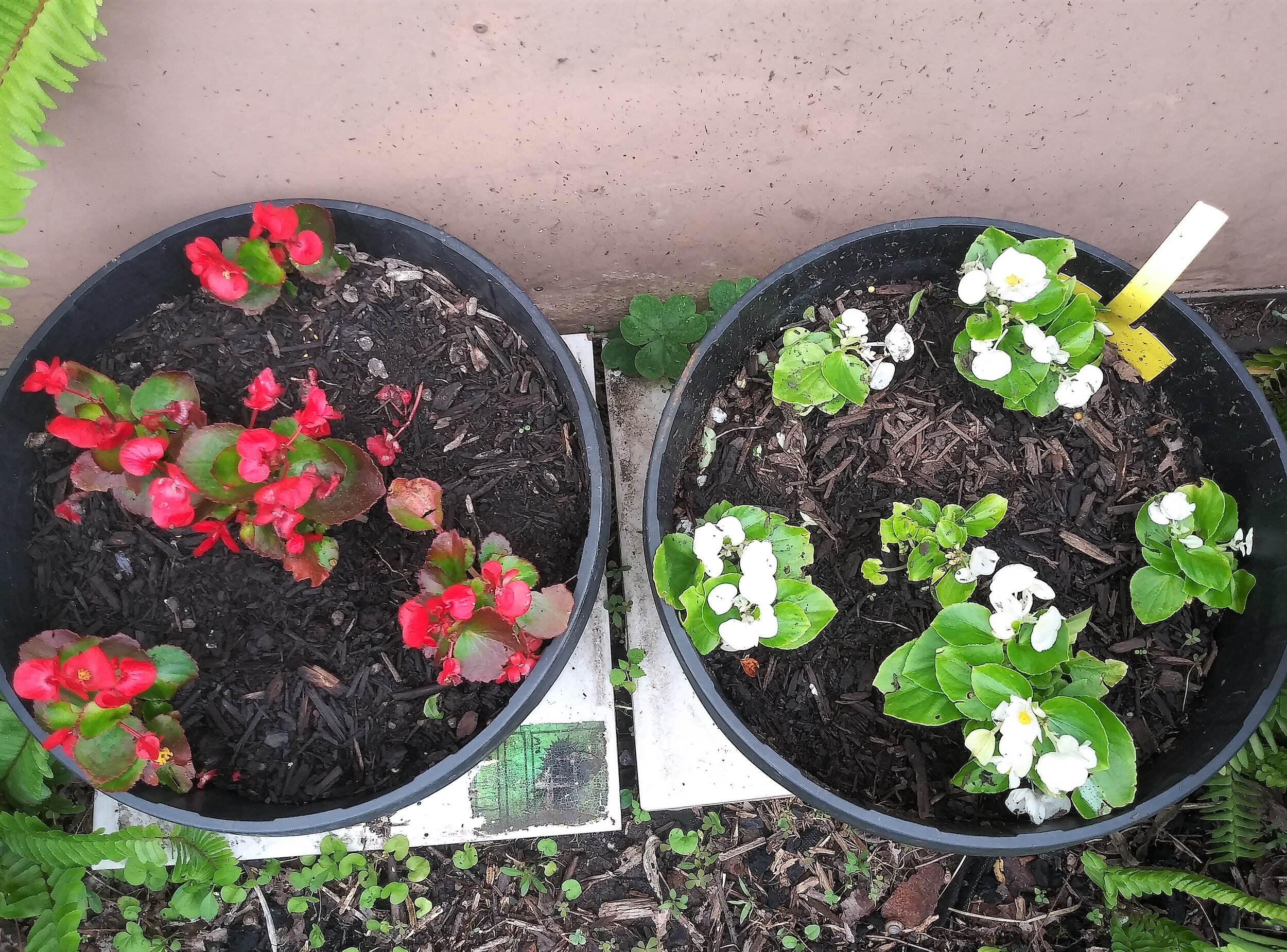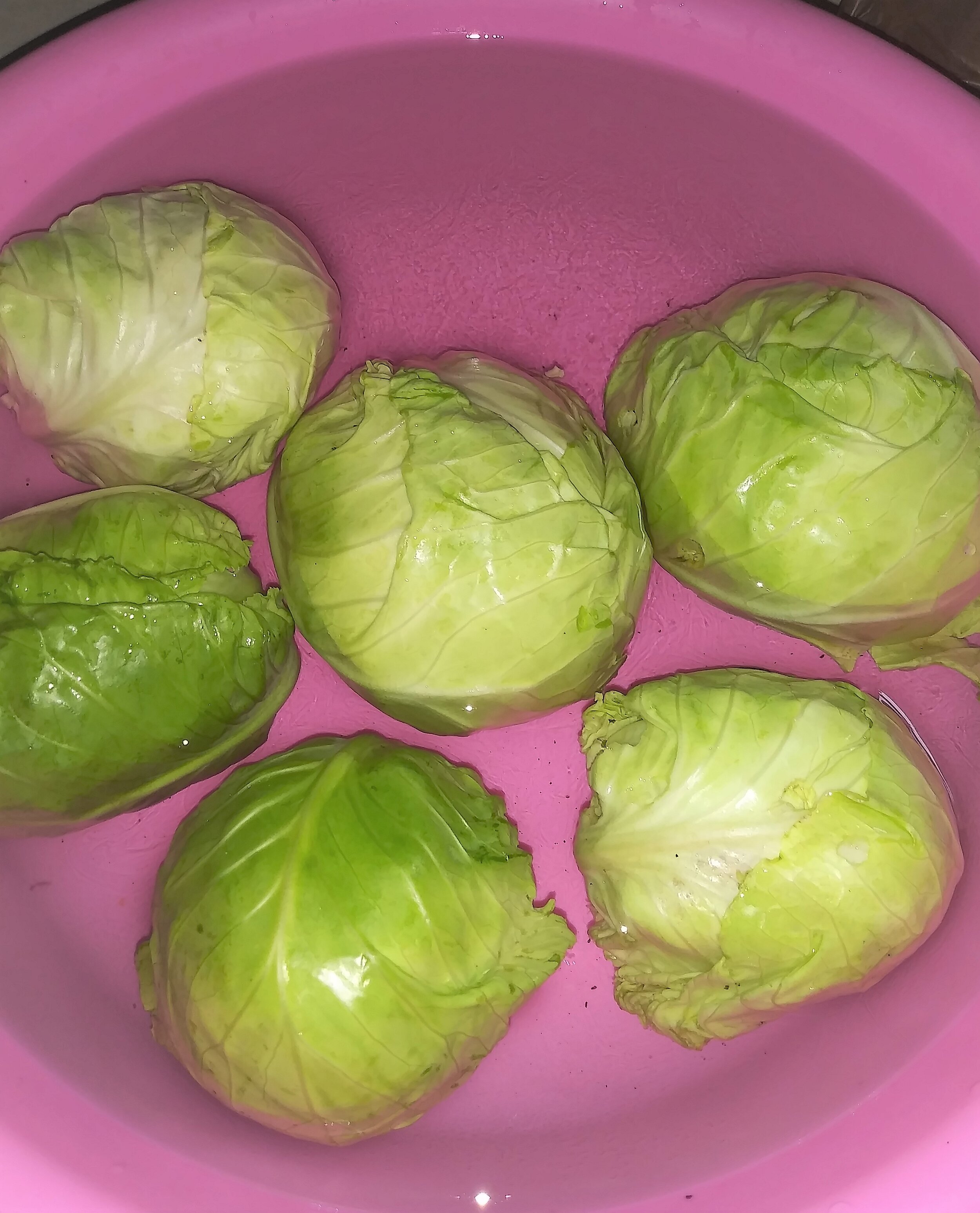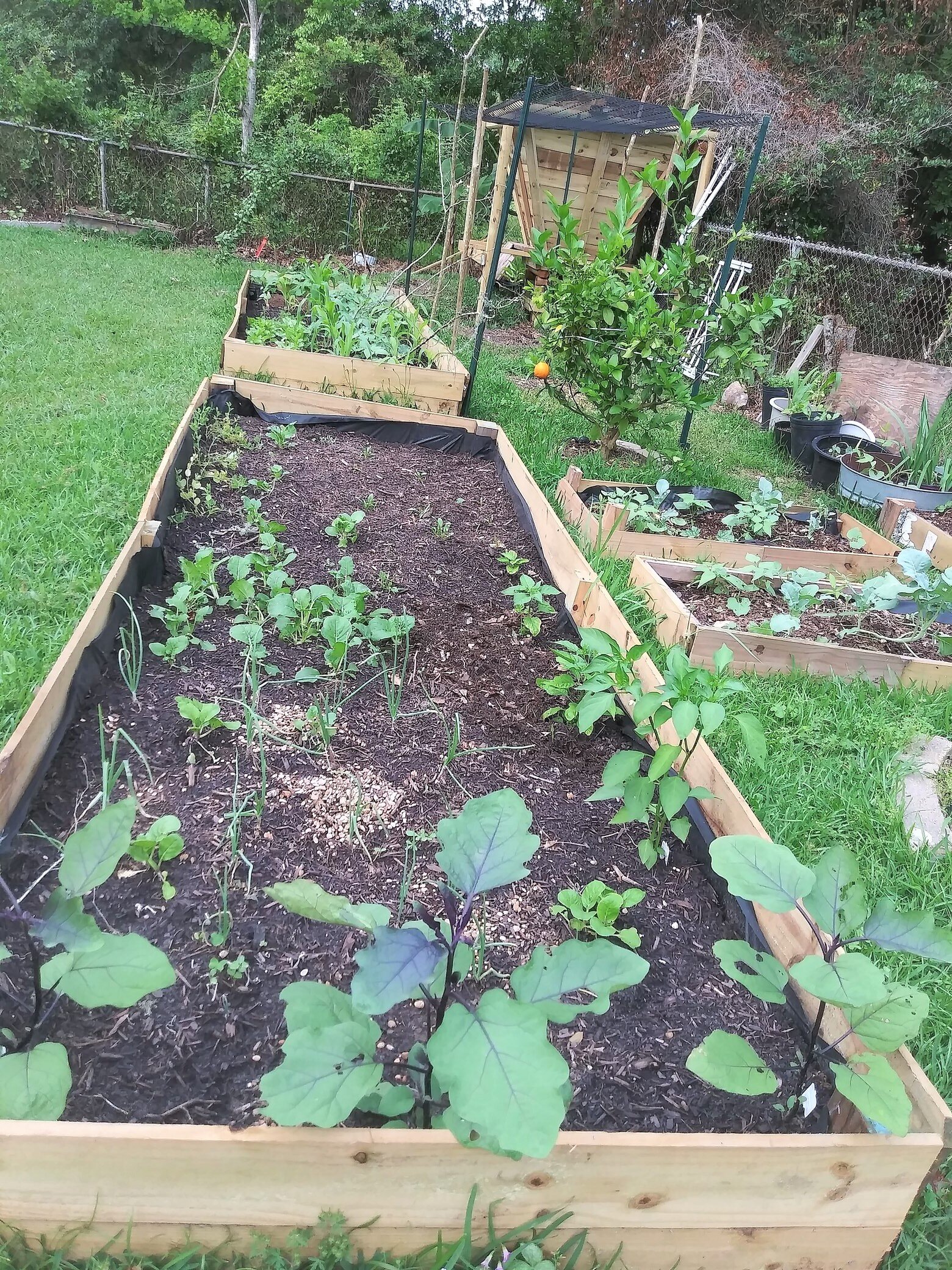Gardening in quarantine relieves stress and encourages healthy eating
Wendy’s children harvesting cauliflower from the garden
Wendy Dayagon, WFWP representative in Houston, Texas, has managed fear and stress related to the coronavirus pandemic through gardening by herself and with her husband and children. Growing up on a farm in the Philippines, she learned so much about agriculture. Texas soil is like clay, but she mixes it with compost and grows an amazing array of things. She named the multiple vegetables, flowers, herbs, trees and other vegetation she has in her half-acre backyard. She does not go to the store because she can sustain herself and her family with all of the lovely things she is harvesting and shares with her neighbors.
Wendy was interviewed and asked to share how she started developing an interest in gardening and experiences joy as she harvests and gives away what she grows. She also shares some tips for anyone interested in starting their own garden.
How did you become interested in gardening?
From the time I was a child, my parents always encouraged us to plant something. I’m from an island in the Philippines, and mostly we grew things in our backyard. Bananas and many other tropical fruits grow really well there.
Ever since my husband and I settled down, I started gardening in my home near Houston. I began by planting things in pots, knowing that the ground here in Texas has different soil. Mostly we plant things first in pots, see how they grow, and then replant them in the ground. In later years, we know what plants can survive in winter and which can’t. I have two kids, and each of them has their own small plot to grow what they want. Broccoli, flowers, etc...
What kind of plants do you grow?
We have various fruits, like strawberries. This is my third year growing grapes and hopefully we’ll have a good harvest. We have a couple of papaya trees. I grow many kinds of vegetables, such as broccoli, spinach, cabbage, cauliflower, bok choy, onions, zucchini, green beans, squash and Filipino greens. So I also cook with my own vegetables. I have herbs too, and sometimes I move them inside in the winter. And of course flowers!
I heard you can sustain your family with your harvest and even give some to your neighbors. What kind of things have you shared with others?
Spinach, for example. This was my first time planting it and a lot came out. It grew in just 30 days, so I gave some to my neighbors. I shared cauliflower and green beans, as well. My kids love to help with the harvest, and they even have their own garden to grow whatever they want. My neighbors appreciate this local harvest, and it encourages them to plant as well! One of my neighbors received broccoli, and the next day she planted one herself. A lot of my friends are enjoying it; when they come to visit me in my house, they get my rosemary, sage and celery.
How do you think this garden helps you during the quarantine time?
It’s a good stress relief, to interact with nature. It’s also about eating healthy, fresh and organic produce. Since it’s growing in your own backyard, you control whether or not pesticides or other things are added.
What is God telling you through nature?
You can feel God; the more you are close to nature, the more you can understand the heart of God.
Would you recommend others to have their own garden and how should they start?
Yes! If they don’t have a big space, they can start it in a pot. And in winter, they can move it inside. Tomatoes for instance are easy to grow in a pot. Strawberries as well, and eggplant. Just try whatever fruit or vegetable you love to eat and plant it so you can keep eating it. Good soil is important; since the soil is not that good near my home, I mix it with compost.
Editor’s Note: Special thanks to Shirley Chimes for her contribution to this article.





